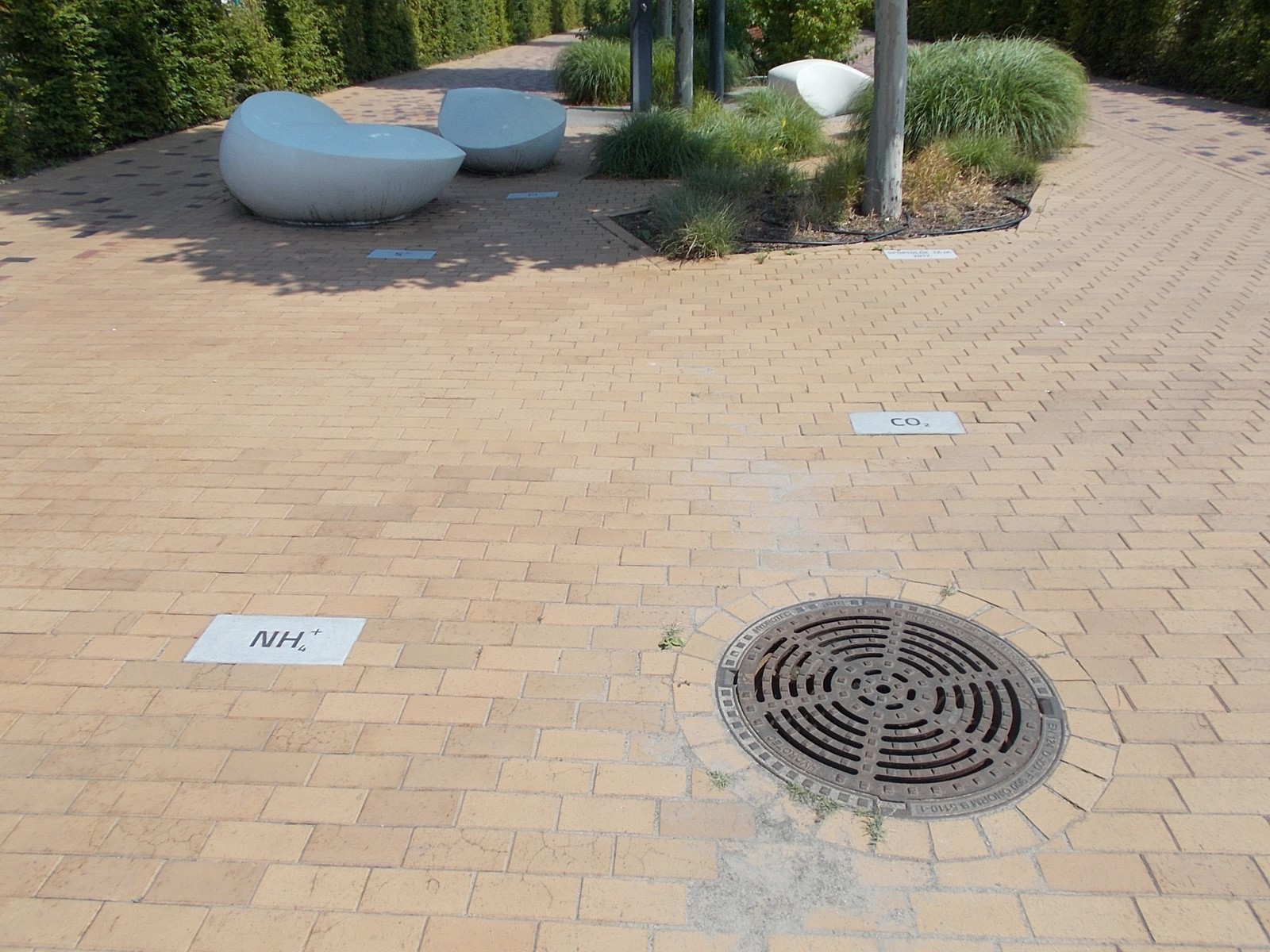When it comes to blocking paving, there’s more to it than just laying down the blocks and calling it a day. One crucial aspect that often gets overlooked is proper drainage. In this blog post, we’ll explore why drainage is essential for block paving and how incorporating the right drainage systems can make a world of difference.
The Need for Drainage
Block paving is a popular choice for driveways, patios, and walkways due to its durability and aesthetic appeal. However, without proper drainage, even the most beautifully laid block paving can suffer from various issues.
Firstly, poor drainage can lead to water pooling on the surface, causing damage to the blocks over time. Water can seep into the joints and weaken the foundation, leading to sinking or uneven surfaces. Additionally, excess moisture can create a breeding ground for moss, algae, and weeds, compromising the overall integrity of the paved area.
Furthermore, inadequate drainage can result in slippery surfaces, especially during rainy or snowy weather. This poses a significant safety hazard, increasing the risk of accidents and injuries.
The Types of Drainage Systems for Block Paving
Now that we understand the importance of drainage, let’s explore the different types of drainage systems commonly used for block paving:
- Permeable Paving: This type of block paving allows water to infiltrate through the surface and into the ground below. Permeable blocks are designed with gaps or porous materials that enable water to drain naturally, reducing the risk of pooling and damage.
- Slot Drain: Slot drains are linear drainage systems that are discreetly installed along the edge of the paved area. They collect and channel water away, preventing it from accumulating on the surface.
- French Drain: French drains are trenches filled with gravel or aggregate that act as a conduit for water. They are typically installed beneath the block paving to collect and redirect water away from the surface.
- Sump and Pump System: This system involves the installation of a sump pump that collects water from the paved area and pumps it away to a designated drainage area. It is particularly useful in areas with a high water table or limited natural drainage options.
Related:
- Can Block Paving Handle Heavy Traffic? Exploring the Durability of this Popular Choice
- Calculating the Compressive Strength of Paver Blocks: A Step-by-Step Guide
- How to Clean Paint from Brick (Power Washing, Sandblasting)
- The Essential Guide to Laying Block Paving: Tips and Tricks
- Why Home Owners Should Consider Block Paving
Ensuring Good Drainage for Your Block Paving
Now that you’re familiar with the different drainage systems, here are some tips to ensure your block paving has proper drainage:
- Plan: Consider the natural slope and gradient of your property when designing your block paving. Incorporate drainage systems accordingly to ensure water flows away from the paved area.
- Choose the right materials: Opt for permeable blocks or materials that allow water to drain through. This will help prevent water from pooling on the surface and causing damage.
- Prepare the base: Properly prepare the base by ensuring it is well compacted and has a slight slope away from structures. This will aid in water runoff and prevent water from seeping into the joints and compromising the foundation.
- Install drainage systems: Depending on your specific needs and the characteristics of your property, choose and install the appropriate drainage system. Seek professional advice if necessary.
- Maintain regularly: Keep your block paving clean and free from debris to prevent blockages in the drainage systems. Regularly inspect and maintain the drainage systems to ensure they are functioning optimally.
In Conclusion
Proper drainage is a vital aspect of block paving that should never be overlooked. By incorporating the right drainage systems and following the tips mentioned above, you can protect your block paving from damage, ensure a safe and slip-free surface, and enjoy a visually appealing paved area for years to come.
Perla Irish, who is more familiarly known as Irish, is the Content Manager at newfld.com. She loves following trends around home and garden, interior design and digital marketing. Through this blog, Irish wants to share information and help readers solve the problems they are experiencing.
